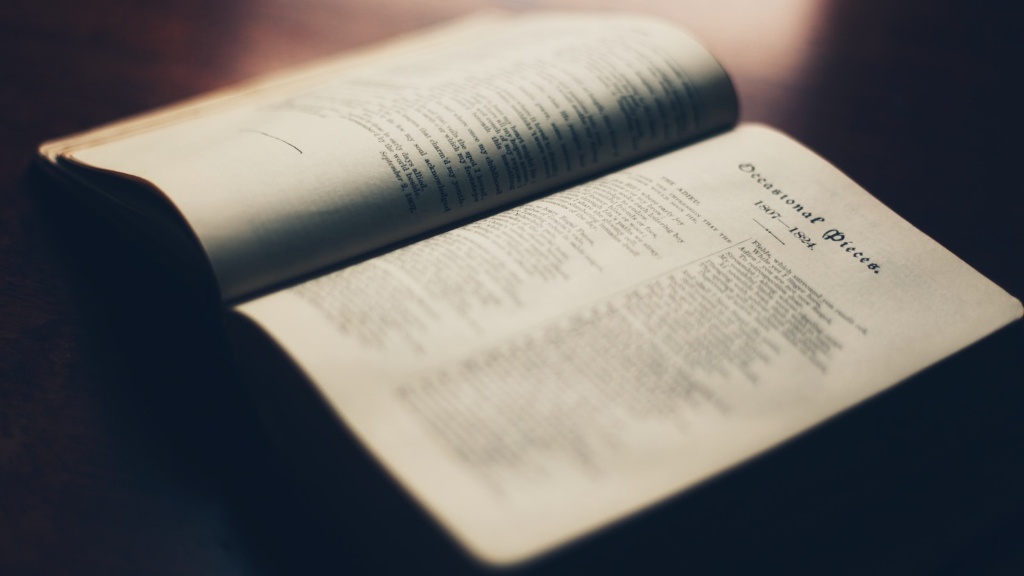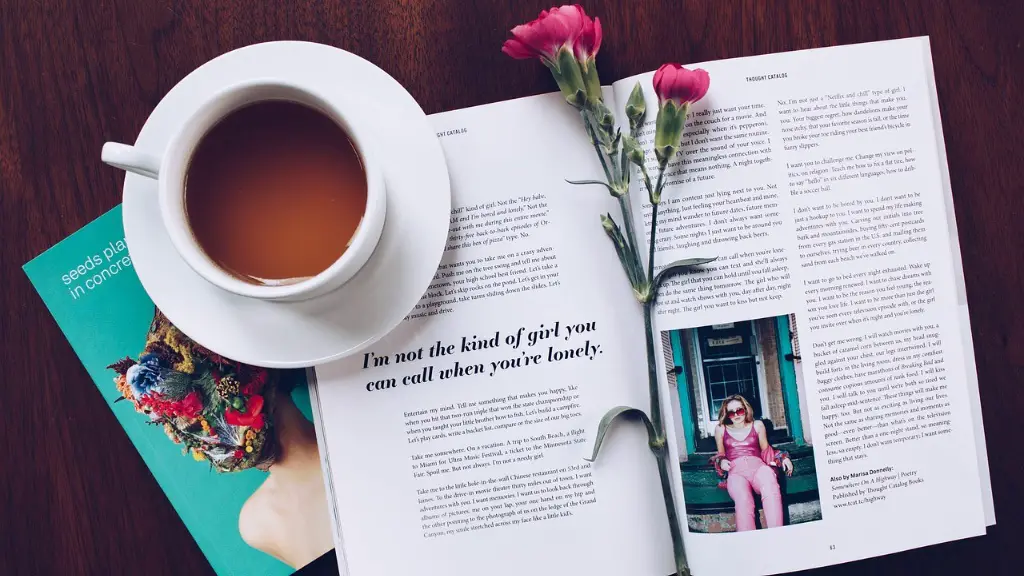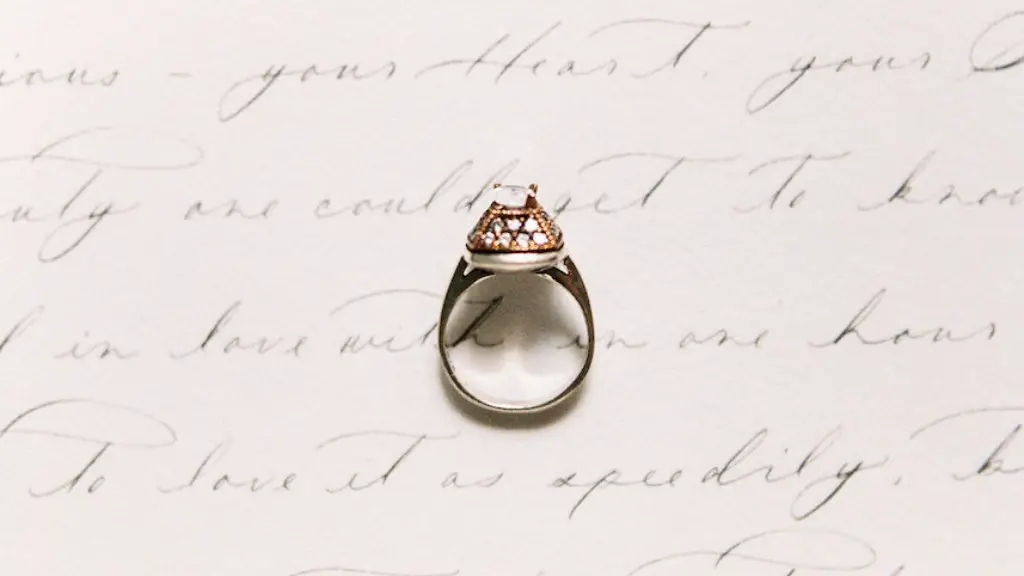Introduction
Emily Dickinson was one of the most influential poets of the 19th century. Her emotionally charged verse and insightful use of metaphor have inspired generations of writers. But Dickinson wasn’t always a poet. She didn’t start writing poetry until her late twenties, when she was feeling lonely and isolated. So when did Emily Dickinson start writing poetry?
Young Emily
Emily Dickinson was born in 1830 in Amherst, Massachusetts. She had a privileged upbringing in a prominent New England family. She attended Amherst Academy and then attended Mt. Holyoke Female Seminary (now a college), although she was only there for a semester before returning home. Throughout her childhood and teenage years, she was known more for her playful disposition than her literary talent.
First Poems
As a young adult, Emily Dickinson became increasingly reclusive. She began to write poetry at the age of 27, though the first published pieces of her work weren’t released until the late 1860s. Over the course of her lifetime she wrote nearly 1,800 poems. Among her most famous works are “Hope is the thing with feathers”, “Because I could not stop for death”, and “I died for beauty”.
Influences
Dickinson’s poetry was heavily influenced by her personal life. At the time she began writing, she was living in a period of high conservatism and Puritanism. This played a role in her darker and more melancholic verse. She was also a voracious reader, absorbing the works of the greats, such as Dante, Homer, and Shakespeare. It is believed that this helped fuel her creativity.
Legacy
Emily Dickinson’s poetry has had a profound influence on generations of poets. Her unique and honest take on death and mortality has remained a source of inspiration for modern poets, such as Sylvia Plath and Seamus Heaney. In addition, she was also an important figure in the history of American literature, paving the way for women writers everywhere.
Style
Emily Dickinson is known for her descriptive, oftentimes enigmatic language. Her poems make heavy use of imagery, and often use elements of nature to illustrate feelings and concepts. She also made frequent use of capitalization and dashes—making her works distinct from that of her colleagues.
Conclusion
Emily Dickinson wrote her first poem in her late twenties, after a period of loneliness and isolation. She wrote nearly 1,800 poems over the course of her lifetime and was a pioneering figure in American literature. Her works have inspired countless poets and were heavily influenced by her personal life and the literature of her time. Her use of imagery and capitalization also helped to make her work unique.
Traits
Emily Dickinson is renowned for her unique prose style. Her poetic verses often take the form of riddles and puzzles, making them open to interpretation. She was also known for her frankness when discussing death and mortality—two topics that she felt strongly about even though the society she lived in frowned upon them. Her work often paints a vivid picture of despair, making her one of the most influential poets of the 19th century.
Legaacy
Emily Dickinson’s work has been incredibly influential and her poems have been studied and revered by countless generations of readers. Her unexpected takes on mortality and fear made her stand out against other poets of the 19th century and she has become an everlasting figure in literary history. She is still revered by modern readers and poets, who continue to use her works as a source of inspiration.
Interpretations
Emily Dickinson’s poems are incredibly open to interpretation and the full meaning of her work has yet to be fully explored. It is difficult to find a single unifying theme in her work, as many of her verses can be read in multiple ways. That being said, many readers and scholars recognize themes of longing, loneliness, and despair throughout her works.
Popularity
Emily Dickinson’s work was not widely read during her lifetime, but since her death her work has become increasingly popular. Her poems have been adapted for stage and screen, and many of her verses have become household sayings. There have also been numerous biographies written about her and her work—cementing her legacy in the realms of both literature and pop culture.


